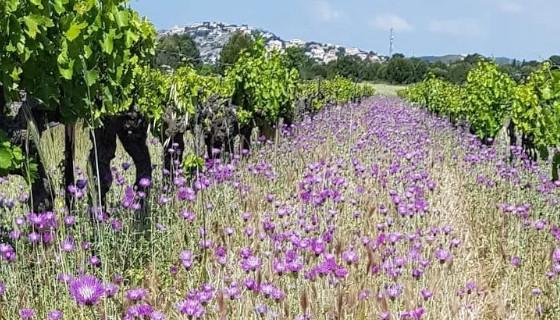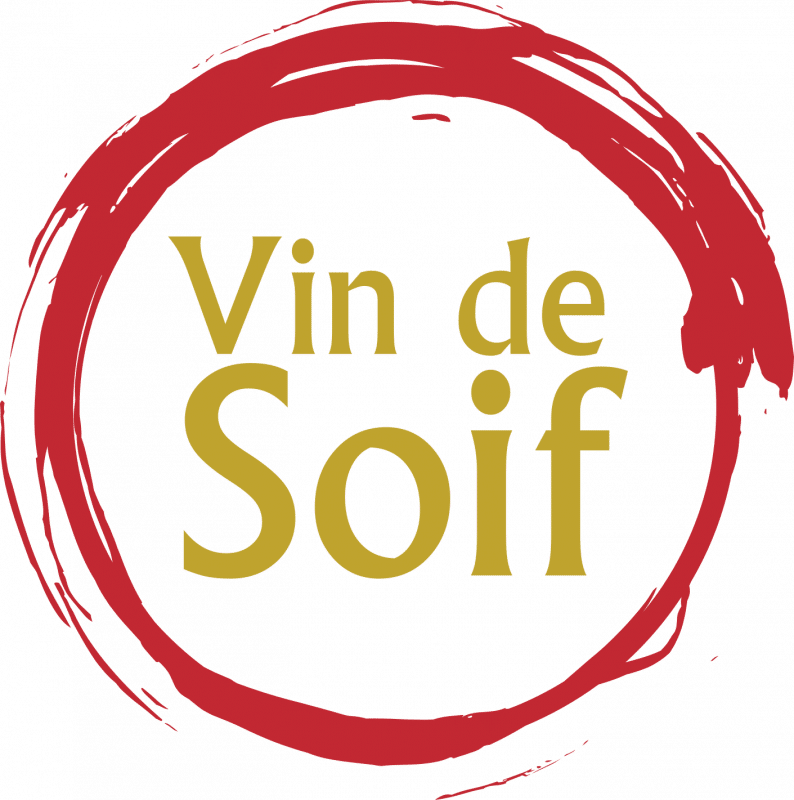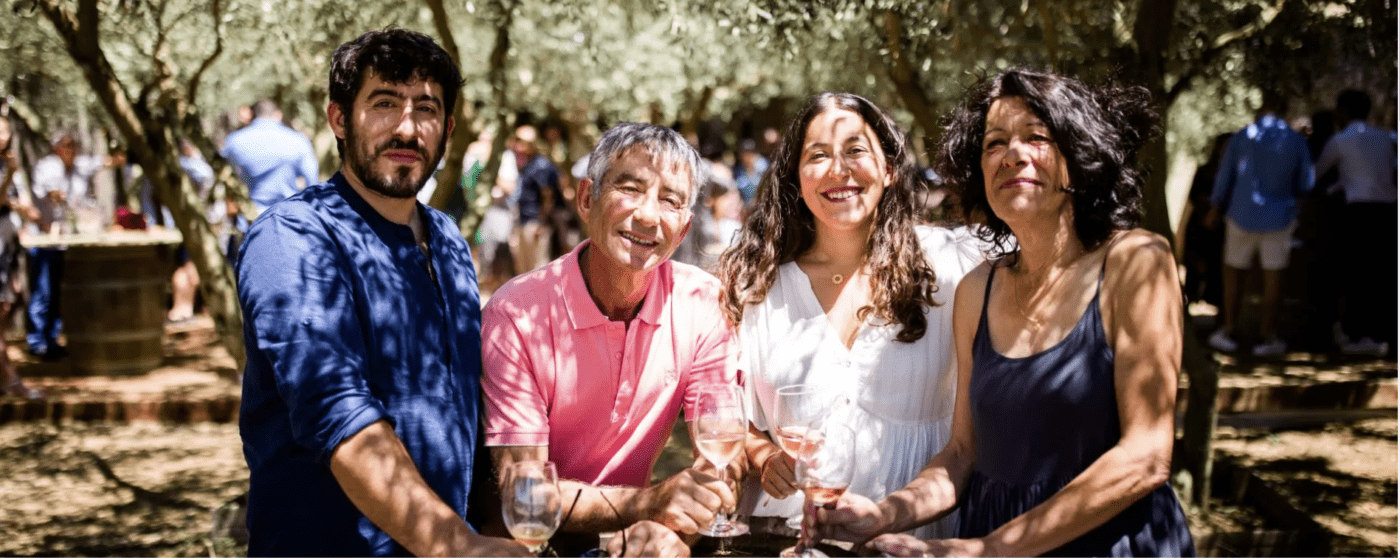Georges Ortola was an engineer in Alsace. Looking to make a life change, he and his wife, Suzanne, bought Château Tapie, a wine estate on the outskirts of Narbonne in Languedoc. They expanded their holdings a few years later by buying neighbouring Château de Lune and its vineyards. The derelict vineyards, abandoned and overgrown with vegetation had been untended, wild and almost forgotten. But it had ancient Carignan vines that had great potential. The Ortolas rejuvenated the ancient Carignan vines and planted Mourvèdre, Syrah, Grenache, Vermentino, and Viognier on various plots based on soil and aspect. In 2016 they consolidated the two chateaus and began selling under the name of Domaine Ortola.
Georges had always been dedicated to the land, and he put his engineering mindset to work in his new vocation. He began to appreciate the delicate system that is a vineyard and researched ways in which he could produce great grapes while minimizing the impact on the land and the vines.  He proudly shows off his rows of vines with plentiful cover crops, including herbs, wildflowers and legumes, which harbour fungi, beneficial bacteria, earthworms and other insects. This biodiversity limits soil erosion and promotes soil life ultimately making a healthier vineyard that makes the vines capable of withstanding disease and pests. Other vineyards in the area are “a desert”, according to Georges, while his are a living ecosystem where the balance is never upset by the introduction of harsh chemicals or insecticides. He also reckons that each acre of his vines absorbs and stores five tonnes of carbon from the atmosphere. “They should be paying me for all the carbon I sequester”, he says only half joking.
He proudly shows off his rows of vines with plentiful cover crops, including herbs, wildflowers and legumes, which harbour fungi, beneficial bacteria, earthworms and other insects. This biodiversity limits soil erosion and promotes soil life ultimately making a healthier vineyard that makes the vines capable of withstanding disease and pests. Other vineyards in the area are “a desert”, according to Georges, while his are a living ecosystem where the balance is never upset by the introduction of harsh chemicals or insecticides. He also reckons that each acre of his vines absorbs and stores five tonnes of carbon from the atmosphere. “They should be paying me for all the carbon I sequester”, he says only half joking.
The estate, located near Narbonne in the Languedoc-Quatourze region, sits on the edge of the Etang de Bages, a lagoon beside the Mediterranean. Georges Ortola played a crucial role in establishing the Languedoc-Quatourze designation, which boasts a unique micro-climate, experiencing little rain even during heavy downpours in neighboring Narbonne.
The soils at Domaine Ortola are comprised of white quartz and sandstone pebbles, similar to those found in Châteauneuf du Pape. These stones reflect sunlight and retain heat, resulting in extended ripening and powerful wines. The estate practices biodynamic farming and let sheep graze in the vineyard over the winter. In the winery, they use only indigenous yeasts and age wines in concrete or new barrels, depending on the cuvee. Total sulphur levels are below measurable levels. The wines are pure and alive, full, yet elegant, and show great complexity.
The Ortola family legacy continues with the next generation, Hélène and Nelson, who uphold the estate’s history and values.
Biodynamic Beauties



